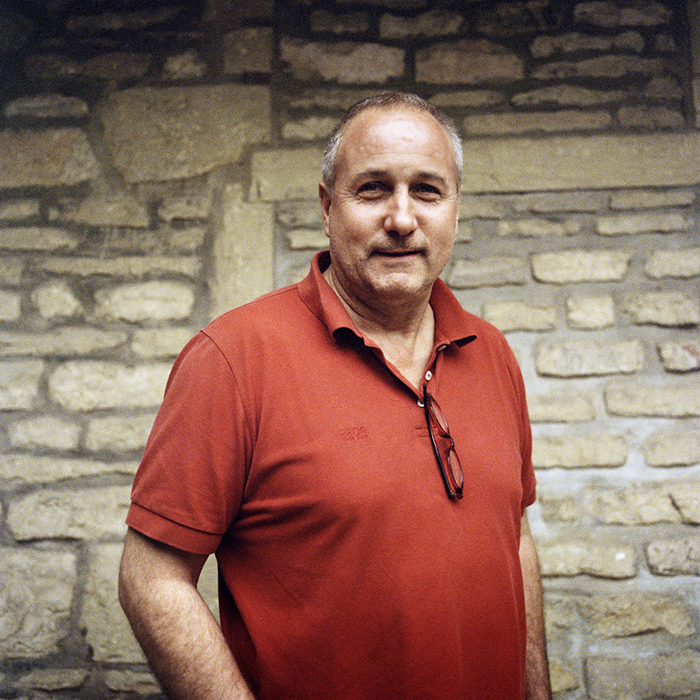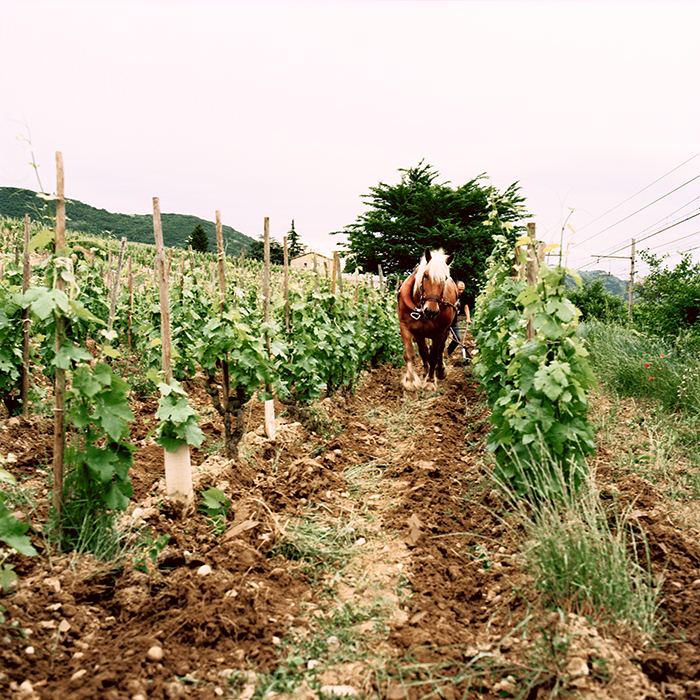The new Burgundy: coping with climate change
Author: Adam Bruntlett

Burgundy drinkers might be forgiven for thinking we are living in something of a golden age. Certainly, there has been a huge shift in the balance of “ripe” and “underripe” vintages. One only has to look back at the 1980s to see the contrast with the present day. Only three vintages – 1982, ’85 and ’89 – were really up to much, and Jancis Robinson’s description of some years makes for interesting reading. So badly frosted was ’81, that it doesn’t even warrant a mention. In ’83 “most are tainted by rot”, while ’84 – sadly my own birth year – is described as “one to avoid”. She describes ’86 as “not a year to seek out” and in 1987 “natural ripeness was a problem”.
This sits in stark contrast with the past decade, where ripeness and rot were only a concern in 2013, and even the frost-affected ’16 vintage was a success. Others in the trade have suggested that ’13, with a harvest in October, may be the last of the classic Burgundy vintages. While I am unsure whether I wish to make such bold predictions, it is clear that we are currently enjoying a period of warm summers and early harvests.
But, the Lord giveth, and the Lord taketh away. For all the benefits of a warmer ripening season, there are as many challenges. On the one hand, achieving ripeness was not a problem in 2018, even for the bumper crop of Chardonnay. On the other, ripeness arrived very quickly and there are certainly red wines of over 15% alcohol, wines with high volatile acidity and wines with Brettanomyces.
The new challenge for Burgundy’s growers – particularly for Pinot Noir – is managing their vines to ensure that they can achieve the perfect alignment of the holy trinity: sugar ripeness, fresh, balancing acidity and phenolic (tannin) ripeness. The first two are the straightforward warm/cool tightrope that Burgundy’s best wines so successfully walk. The latter was taken by the latest generation’s ancestors as something of a luxury, but is now a significant consideration for the current crop, who wish to produce sensual wines with silky but high-quality tannins which can drink well throughout their lifetimes. How to achieve this perfect balance is the challenge that faces Burgundy’s growers.

As with everything in Burgundy, the best answers often lie in the vineyard. Etienne Grivot explained that the key to the success of his ’18s (harvested from 11th September when many had already finished picking) lay in his decision to delay ploughing the vineyards after winter. Recognising that the reason for early harvests often lies in an early start to the season, he decided to try and fight nature, tricking the vines into starting later. Ploughing opens up and warms the soil, sending signals to the vine that it is time to “wake up”. By waiting, he set the vine’s development back by 10 days, crucially allowing him to benefit from the rain that arrived on 6th September.
Viticulture during the growing season is a key factor. Growers have had to rapidly adapt from trying their utmost to ripen fruit in the past, to nowadays using the vine’s canopy to shade bunches from the sun. Etienne Grivot has long followed a policy of only removing foliage from the north-facing side of his vineyards, shading the grapes from the warmer sun, to allow for the longest and most gentle ripening. Alec Seysses at Domaine Dujac explained that success in the modern Burgundian climate is all about adaptation, arguing that the best growers are now aware of the dangers of over ripeness and manage the foliage of their vines accordingly, shading the grapes when necessary, while removing leaves further down to allow air to circulate and help prevent diseases such as mildew.
The debate over organic and biodynamic viticulture continues, but it was interesting that many of our most successful estates in ’18 were those who work to biodynamic and organic principles. The simple argument is that if you do not “mollycoddle” the vine by constantly giving it the easy option – fertiliser to feed it, weed killer to remove competition – you force the vine’s root systems deeper into the soil and make it more resistant to threats of drought and disease. With water being at a premium during the warm, dry summer of ’18, those vines (especially old vines) with deep roots could continue to access water throughout the year, whereas vines which had become used to feeding from the superficial topsoil struggled. Simply working the soils, which cuts the superficial roots and forces the vine to look deeper for water and nutrients, plays a huge part in slowing the ripening of fruit, giving wines with more freshness and balance.
Choosing picking dates is of course another huge factor in determining the success of a wine, and in ’18 many growers reported very variable ripening, with some plots ready much earlier than others, and in some cases a complete change in the picking order. Labour shortages and the reliance for small domaines on friends and family to pick means that the ability to take a last-minute decision to shift the harvest forward by a week can often be surprisingly difficult. Some growers even explained that a shortage of hire vehicles suitable to transport grapes from vineyard to winery made changing picking dates a challenge. Winemaking on a Burgundian scale remains a surprisingly artisanal and often amateurish endeavour, and such trivialities can be an issue, even for the top estates.

One aspect that many domaines have mastered, however, is that of temperature control. With temperatures being higher around harvest, the fruit arriving at the winery can often be warmer than desired. Having helped out on the sorting table at Comte Armand in ’18, I can attest to the difference between grapes picked in the early morning and those arriving only a couple of hours later. As you try to cut out any dried berries (there were mercifully few in 2018) the skins of the warmer grapes can often crush in your hands, oxidising the fruit from an early stage. To combat this, quality-conscious estates (including Comte Armand) would cease picking once temperatures became too high, and any fruit picked in warmer temperatures was placed in refrigerated containers or temperature-controlled rooms to cool overnight before sorting. Equally, maintaining cool temperatures during fermentation was key – a lesson which for most was learnt in the 2003 vintage.
Riper grapes, which typically have higher sugar levels and lower acidities, also present a challenge in fermentation. High levels of sugar, and therefore alcohol, make yeast work more slowly in the fermentation process, and as a result fermentation can stop. And wines with lower acidities bring the threat of bacterial spoilage.
The question of whether to add stems was much debated. While some estates stick dogmatically to one method or another, others vary the recipe from year to year, and we heard arguments both for and against the use of stems in a ripe vintage such as 2018. The stems are high in potassium, which deacidifies the wine, so from a chemical perspective, this lowers the acidity level. However, many advocates of stems argue that, from an organoleptic perspective, stems provide an herbaceous dryness to the wine, which can give the impression of freshness. It is an interesting debate, and one where careful proponents of both arguments have succeeded.
This is a fascinating vintage, and one which shines a spotlight on the present challenges facing Burgundy’s vignerons. While these challenges may be different to those faced by their predecessors, it is clear that the most intelligent, adaptable and flexible growers are those who have come out on top. The rules may have changed, but it is still those who work hardest and are prepared to adapt their methods, who have made the best wines.
Read all our coverage of Burgundy 2018 here; we’ll be offering the wines in January 2020.


